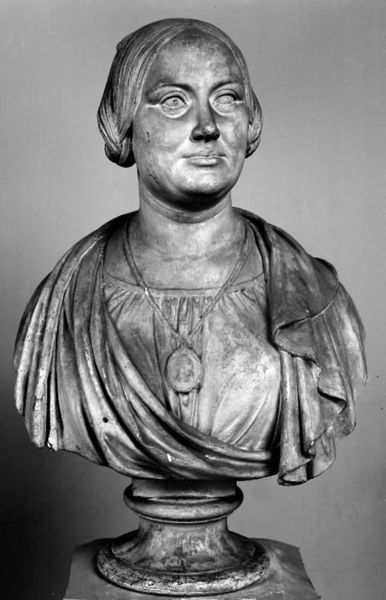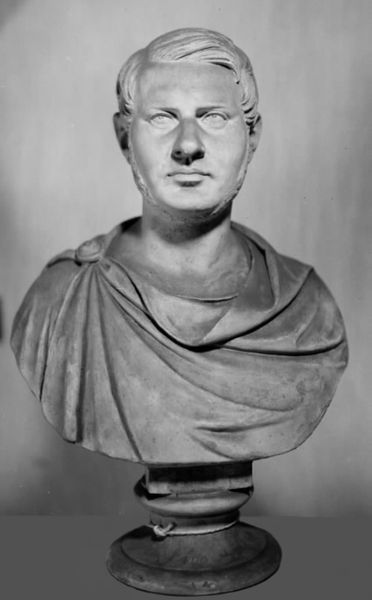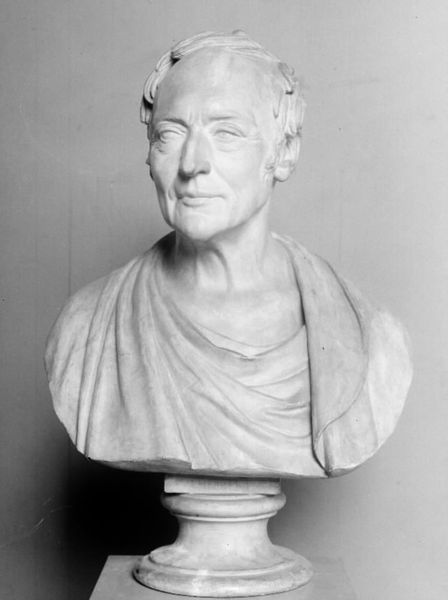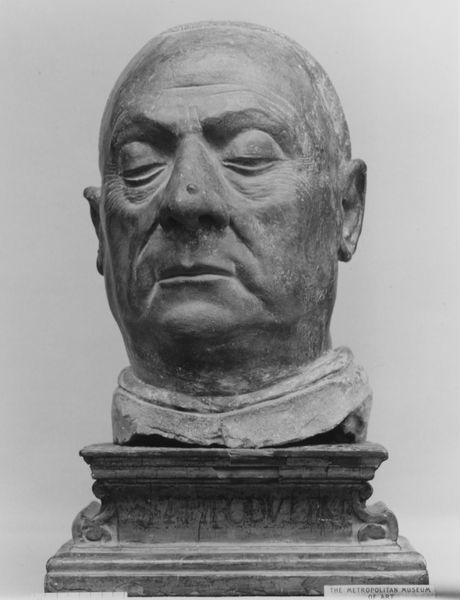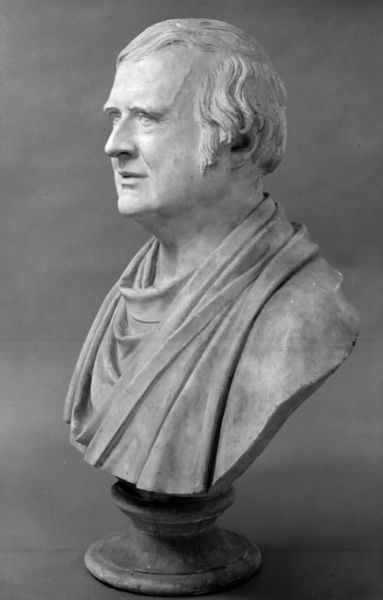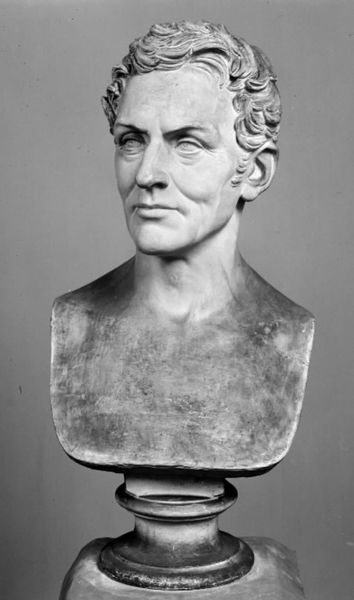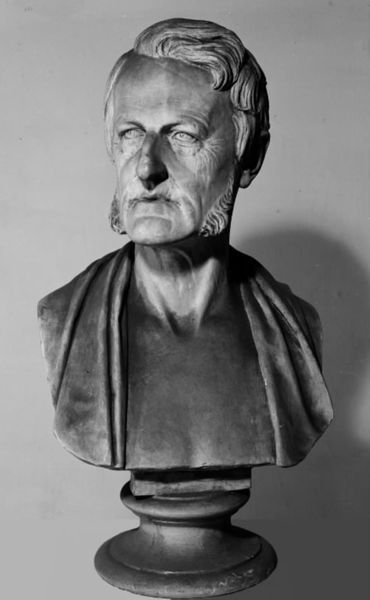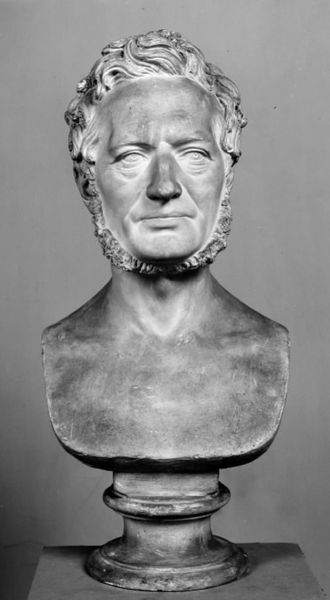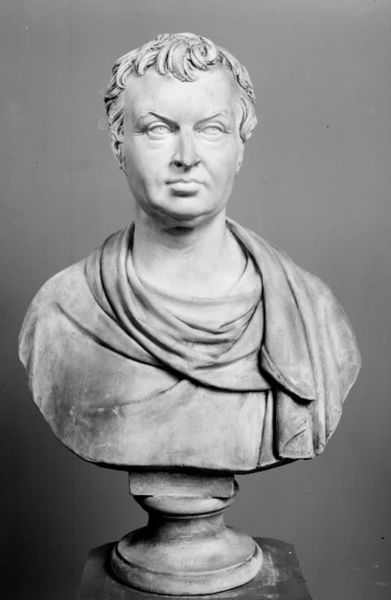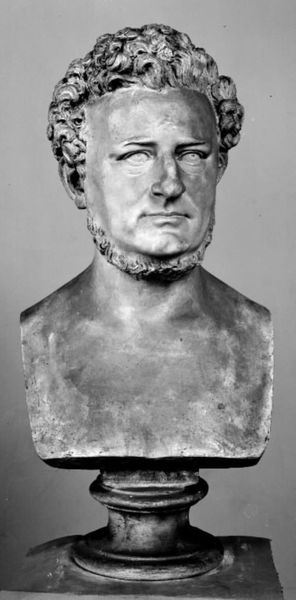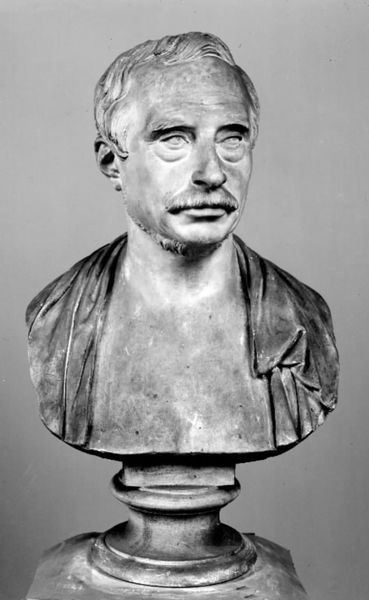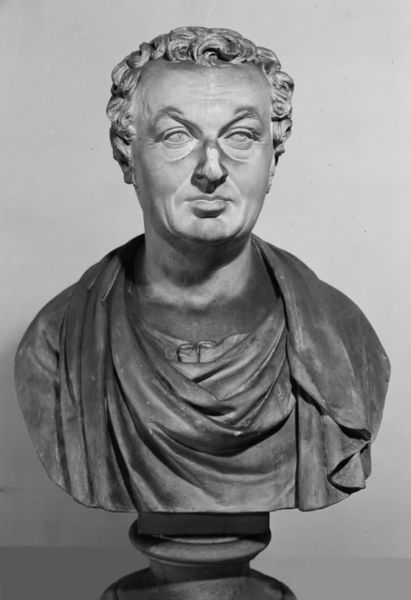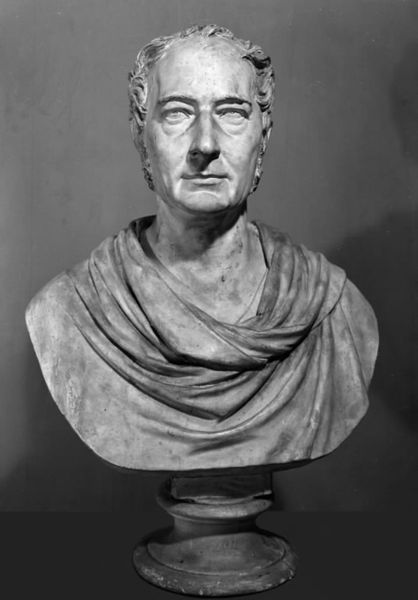
sculpture, marble
#
portrait
#
neoclacissism
#
sculpture
#
sculpture
#
black and white
#
marble
Dimensions: 67 cm (height) (Netto)
Curator: Before us stands a marble bust identified as "Vitellius," crafted sometime in the eighteenth century. The piece currently resides here at the SMK, the Statens Museum for Kunst. Editor: He looks rather…severe, doesn't he? Imposing even in monochrome. There's a certain rigidity in the composition, despite the soft modeling of the marble. The textures are amazing though, conveying an illusion of volume and musculature. Curator: Indeed. Consider the neoclassicist leanings in the work: it evokes a deliberate return to classical forms. Observe how the anonymous artist attempts to capture the essence of Roman authority through precise anatomical detail and idealized form. It almost seems to imitate artworks made for Romans during the Roman Empire itself, such as those depicting emperors. Editor: The subject's gaze is also very symbolic, though. Downward and aloof. This feels like a deliberate commentary on power and perhaps, the burden of leadership, but who truly was Vitellius? He's not as widely remembered as other emperors. Curator: Well, Vitellius had a rather brief reign in 69 AD, the Year of the Four Emperors. The iconography presents him in the tradition of portraying leaders: note the toga, the hairstyle meant to communicate stature, the facial structure attempting to suggest resolve and strength. However, there's something more going on. Is it arrogance? Defiance? Perhaps a combination of those aspects, given his fleeting and controversial reign. Editor: Exactly! While the sculpture overtly strives for classical ideals, the somewhat doughy face and pronounced neck seem at odds with any idealised vision of leadership. There's a conflict there. Maybe it's simply that an eighteenth century artist perceived Vitellius this way based on historic accounts of debauchery or other unsavory behaviors. Curator: Fascinating to think about that, I agree. And, the marble itself contributes greatly. The way it catches light and shadow allows for a nuanced understanding of the sitter's character, reflecting both the historical perception and the sculptor's interpretation of an emperor teetering on the edge. Editor: So much captured in something so seemingly…stoic, on first glance. It makes you think how the symbols of power—and perceptions of people—shift over centuries. Curator: Precisely. This sculpture serves as a constant point for the viewers. Now it’s time to explore another piece of the collection.
Comments
No comments
Be the first to comment and join the conversation on the ultimate creative platform.
